Every Paperblanks® book is inspired by world art and culture, by traditional craft and practice, and by visionaries, rebels and artists across the ages. Paperblanks Stories is a blog series about the origins and stories behind some of our designs.
The Boxes That Inspired The Collection
Our Japanese Lacquer Box series depict beautiful and masterful examples of 19th century Japanese lacquer box art, specifically, the art of the Meiji period which spanned from 1868 to 1912.
We purchased the boxes that inspired our series from a private collector in Kyoto and soon afterwards set ourselves to the challenge of re-creating the exquisite texture and sheer beauty of Japanese Lacquer ware art into cover designs for our journals. Overall this process took years to achieve.

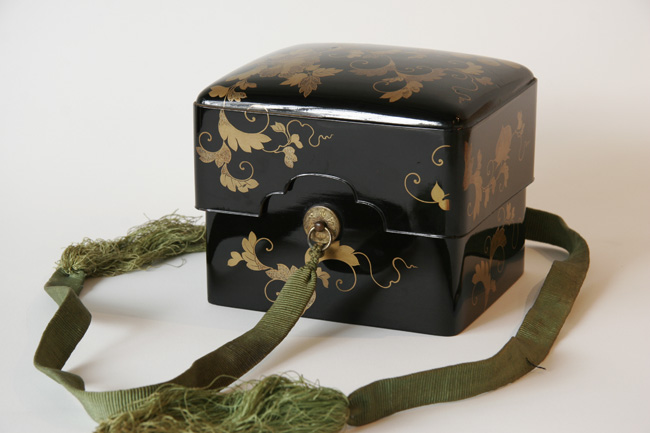
All of these works are examples of makie, which literally means “sprinkled pictures” and refers to the technique of sprinkling powders of gold and silver onto wet lacquer. This Japanese art form developed in the Heian Period (794-1185) and continues to this day with artist centers located in the Kanazawa and Kyoto areas.
In makie art works, the luminous characteristic of lacquer is embellished by the brilliance of gold and silver powders and flakes, intensifying the multi-dimensional effect of the lacquerware surface.

How A Japanese Lacquer Box Is Made
Lacquer is produced by cutting incisions in the bark of a lacquer tree and harvesting its sap. Straining and stirring out the impurities, the sap is applied to a prepared surface using a spatula or a brush. Under very specific conditions of high humidity and temperature, the lacquer then hardens to form a waterproof surface that can be polished to a gleaming brilliance.
The process may sound simple, but it is perhaps the most complex of all Japan’s traditional industries, demanding precision and a host of trained artisans to produce it. Painstaking craftsmanship goes into its production.
The entire process requires at least thirty-three stages – this includes applying twenty or even thirty of increasingly finer grades of lacquer mixed with different powders. As each of the coats is applied the lacquer is given time to harden and then polished with a range of substances, starting with abrasive stones and finishing with powdered staghorn and oil. All this has to be completed before any designs are applied to the surface.
This highly disciplined art form has undergone many periods of revitalization, just as Japan itself has undergone periods of revival and inventiveness with its traditional crafts.
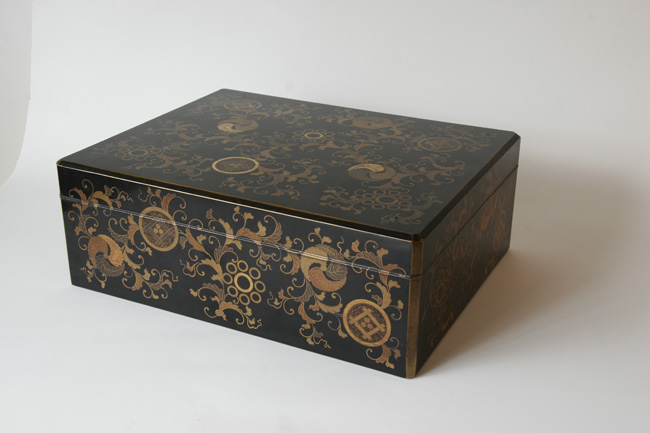
Recreating The Glossy Brilliance, Texture, And Sheen Onto A Journal
The fine, handcrafted surfaces of Japanese lacquer art is evidence of the uniquely human ability to create beauty from unlikely sources. Staying true to the rigorous discipline of the art form, we managed to re-create – using paper as our medium – the glossy brilliance, texture and unbelievable sheen of lacquer polish.
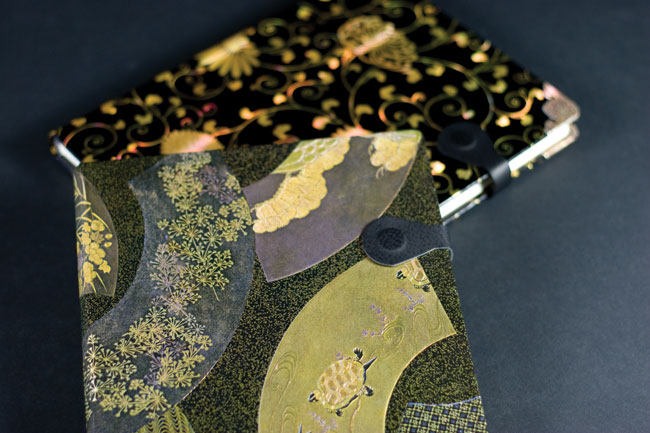
The re-creation process demanded an incredible level of dedication and focus from our graphics team to get the colouring and the layering of the files we sent to print just right. It also required an extensive back and forth process with our printers to achieve as pitch-perfect a level of quality and likeness to the mastery of the originals as we could get.
 Tell us below what you think of the job we’ve done!
Tell us below what you think of the job we’ve done!
Find Out More About The Collection
To find out more about the Japanese Lacquer Boxes collection — the sizes, designs, ISBNs and other info — go to our Japanese Lacquer Boxes product page here.


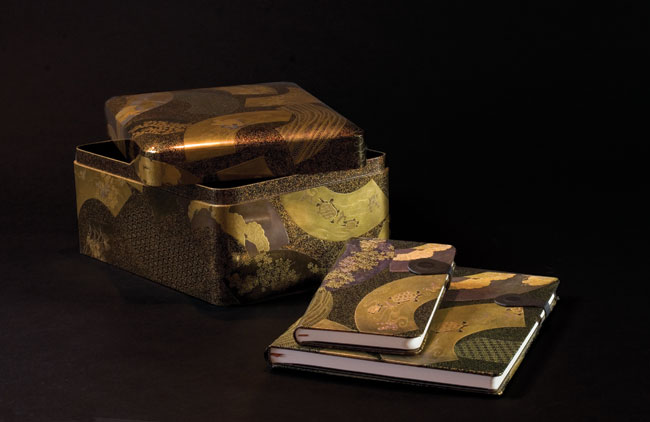




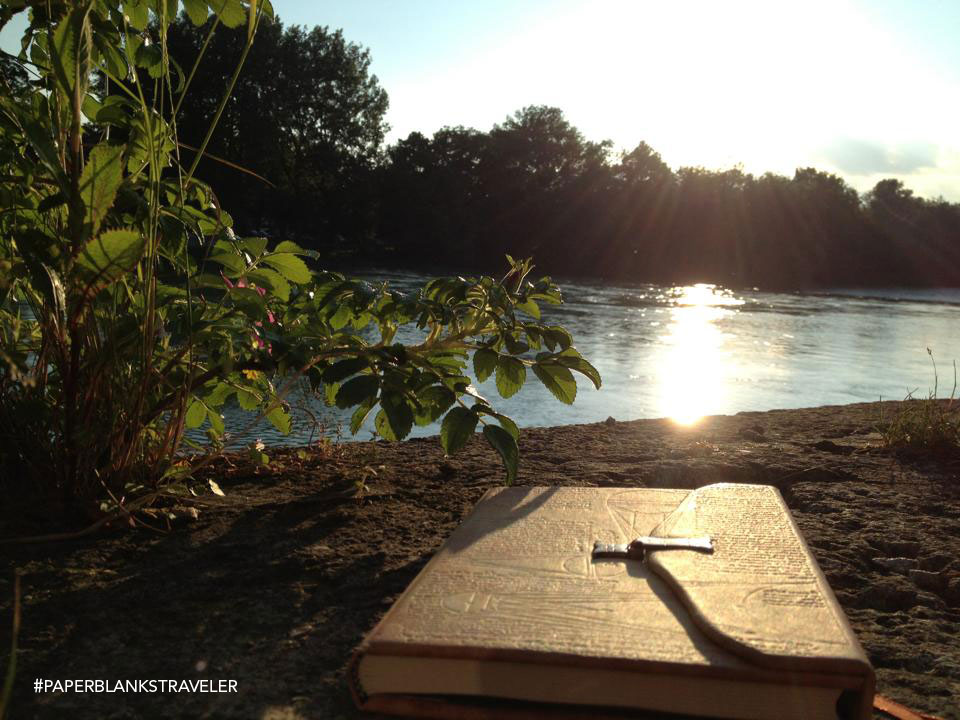
I have inherited a once beautiful lacquer tea caddy but the lacquer has mostly worn away. The inside lids are silver and I wonder if you can tell me where I could get the caddy restored and roughly how much this would, cost.
I design lacquerware myself and so I was very taken by the exquisite designs that inspired the collection. I’m based in Ho Chi Minh City, Vietnam. Any possibility that the collection will be available here soon?
Wow. Those are elegant.
I had no idea Paperblanks made these. Never seen them in person. I’ve used Paperblanks for 6+ years.